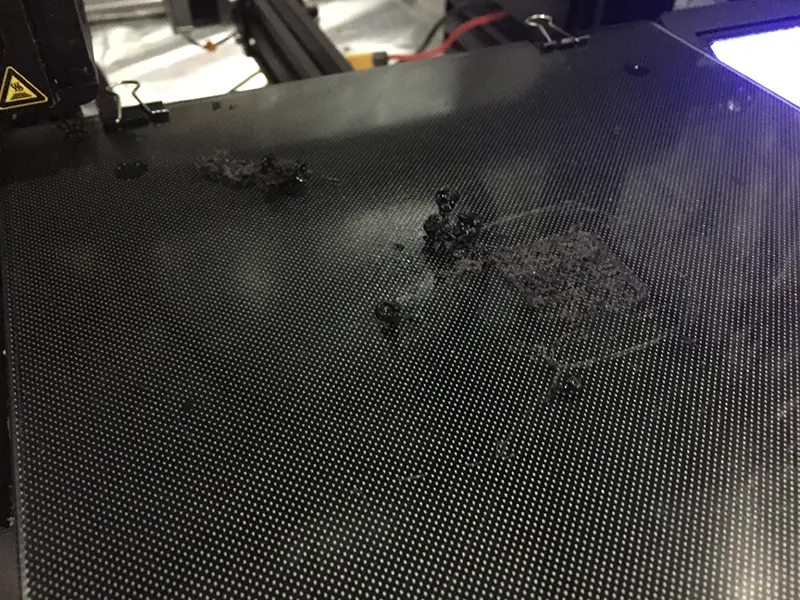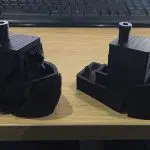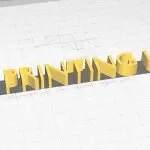3D Printers – Do They Have To Be So Slow?
There are many wonderful things to say about 3D printers, but let’s be realistic: One thing nobody says is “It’s amazing how fast they are!”. In general, 3D printing is a slow process. You’re building up an object one layer at a time, and those layers are very thin – the thinner the better, if you want detailed prints. The problem is, all those layers take time and affects the 3D printer speed.
Like most 3D printing enthusiasts, I’ve been tempted to speed things up a little by tweaking the print settings to get the head moving faster. This is easy to do in Cura, and the Ender 3 is certainly capable of moving considerably faster than the 50mm/sec it defaults to. I’ve accelerated some larger prints by upping the 3D printer speed for infill and supports, and results have been pretty respectable, but recently I’ve been wondering what would happen if I bumped up the speed for the whole thing. So, yesterday, I decided to find out.
Test To Destruction
My test object was a small cube that’s meant to check how well a 3D printer is performing in each axis. I sliced it twice in Cura, first at the default 50mm/sec speed, and then again at 120mm/sec, which most people seem to agree is about as fast as you want to push an Ender 3. Then I started printing.
The first cube came out pretty much as I expected – I’ve printed a lot of things on the Ender 3 by now, so I know how it behaves. It could still do with a little more cleaning up (I printed it with supports, because I didn’t want any failures during the test) but as I’m going to drop it in the bin when I finish this article, why bother? The main thing is that it showed how the Ender performs at the recommended settings.
Next, I loaded the second file, the one with all the 3D printer speed options set to 120mm/sec, and hit start.
Oh dear…
OK, back to the drawing board: I fired up Cura again and changed the speed to 100mm/sec, then tried again. This time it printed with no major mishaps, but the Ender didn’t sound at all happy. The extruder was struggling to keep up with the hot end’s demand for filament, annoying me with the almost constant knock of slipping gears. So it wasn’t any surprise to find that, although it did print, the quality was a lot lower this time round.
Not Quick, Not Pretty
Vertical and horizontal surfaces all showed a lot of blemishes at the higher speed, and the top surface actually had a couple of holes in it due to under-extruding. Stringing was so bad that getting the supports out from inside the cube was an absolute nightmare. Overall it was a very rough and inferior print. At a pinch, if this was something that didn’t have to be too strong and wasn’t going to be visible, it would just about work – but it was definitely shoddy.
The other thing I noticed was that I didn’t actually save that much time, anyway. At 50mm/sec the cube took one hour and 48 minutes to print. Doubling the print speed cut that to an underwhelming one hour and 43 minutes. Is the loss of quality worth a five-minute time saving? No, definitely not.
Why was there so little difference in print time despite doubling the speed? I suspect a lot of that is down to the cube being small and relatively complex; if I wanted to print a big flat plate the higher speed would probably have more impact. Right now I’m getting ready to give the Ender 3 an upgrade that, hopefully, will improve overall print quality. Once that’s done I’ll try tweaking some other Cura settings to see how much faster I can print a decent test cube – but, for now, I think I’m going to stick to 50mm/sec.









Leave a comment
You must be logged in to post a comment.